Things you need to know about FALLOW DEER!
Description:
Fallow deer (Dama dama) are a species of elegant and graceful deer known for their distinctive coat patterns and impressive antlers. Native to Eurasia, these herbivorous mammals have been introduced to various parts of the world for ornamental and hunting purposes. Fallow deer exhibit sexual dimorphism, with males, known as bucks, displaying larger and more intricate antlers compared to females, called does. Their adaptable nature allows them to thrive in diverse habitats, including forests, grasslands, and even urban areas.
Key Features:
Distinctive Coat Patterns: Fallow deer showcase a variety of coat colors, including shades of brown, white, and black. The most characteristic feature is the presence of white spots on their backs.
Antler Variation: Bucks grow antlers that are palmate, broad, and shovel-shaped, with multiple tines. The antlers are shed annually and regrown, with each set becoming larger as the buck matures.
Social Behavior: Fallow deer are social animals and form groups called herds. These herds are often segregated by gender, with bucks forming separate bachelor groups outside the mating season.
Vocalizations: Communication among fallow deer involves a range of vocalizations, including grunts, bleats, and barks. These sounds are used for signaling danger, attracting mates, or maintaining social cohesion within the herd.
Feeding Habits: Fallow deer are herbivores with a diverse diet, consuming grasses, leaves, fruits, and even fungi. Their adaptable diet contributes to their ability to thrive in various environments.
Conservation and Management:
While fallow deer are not considered endangered, their populations are managed to prevent overpopulation and mitigate potential negative impacts on ecosystems. Conservation efforts also focus on preserving genetic diversity within populations and maintaining the ecological balance in areas where they have been introduced.
Hashtags:
#FallowDeer #WildlifeConservation #DeerSpecies #NaturePhotography #AntlerMagic #EurasianWildlife #Biodiversity #AnimalBehavior #Herbivores #WildlifeAdaptation
-
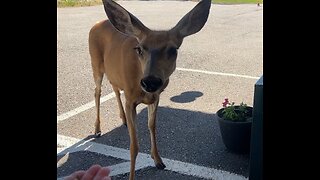 0:33
0:33
cdngreenwaterdiver
10 months ago $1.08 earnedTourist Hand Feeds Wild Deer
680 -
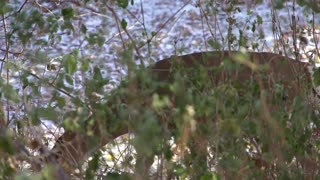 0:28
0:28
chindergeelfiomag
5 years agoLost Deer Found Her Own Ways In To The Wood
8 -
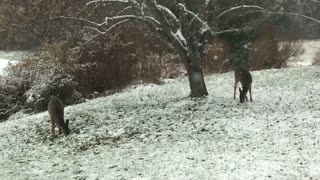 1:43
1:43
boomerangsbyVic
1 year ago $154.59 earnedBaby deer & mom frolic in first snow of the season
8.89K72 -
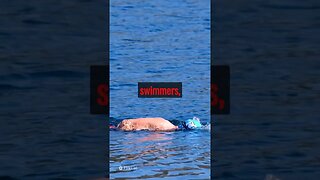 0:43
0:43
The Hunter Call of the Wild
10 months agoAmazing Facts About WhiteTail Deer
4 -
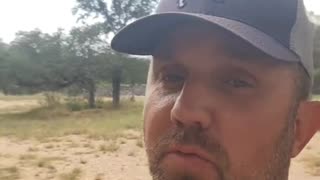 0:35
0:35
jamesbigleyranches
9 months ago $0.01 earnedWhitetail Deer
46 -
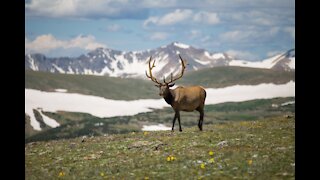 7:10
7:10
S00thing
3 years agoDeer- everything about deer family
13 -
 2:02
2:02
ClaudeJones20
5 years ago $0.51 earnedFriendly Baby Deer
242K -
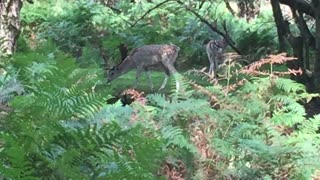 2:44
2:44
CassieStudios
6 years agoFamily Find a Beautiful Wild Deer in Forest "Then Realize they are Surrounded!"
122 -
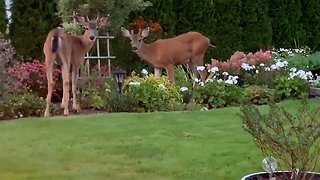 1:13
1:13
cdngreenwaterdiver
4 years ago $1.25 earnedHerd of deer join family around backyard campfire
12.1K1 -
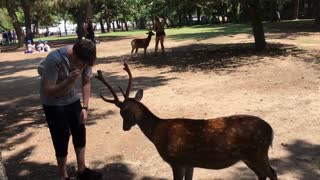 0:15
0:15
qtanimals
5 years ago $78.46 earnedPolite Deer Bows Head To Receive Treats
3.21K2